How to get rid of weeds on the site?
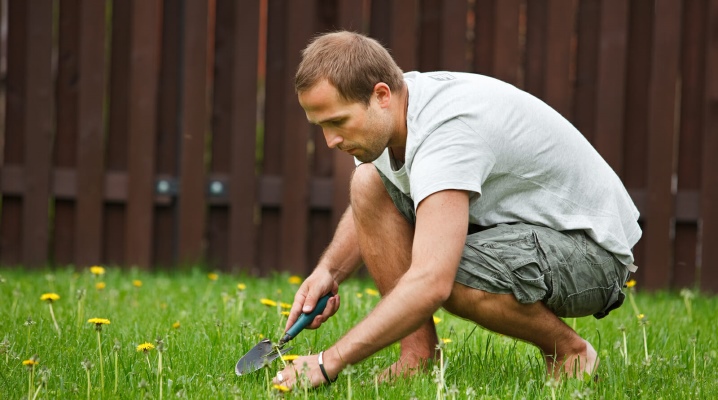
The vast majority of summer residents are faced with weeds. Burian causes a lot of discomfort: it interferes with the full growth and development of horticultural crops and worsens landscape design. At the same time, they grow instantly, in a matter of days, capturing large territories. Of course, everyone wants to get rid of this problem - let's see what methods will help in this.
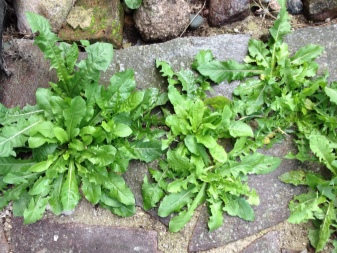
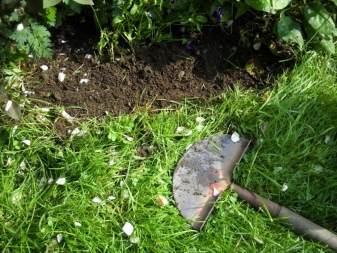
How to destroy?
Weeds impede the full growth and development of fruit and ornamental crops. There are several techniques to get rid of them. Each has its own pros and cons.
Mechanical methods
The safest way to remove the weeds is by hand. Any weeds that appear should be pulled out by hand. It is necessary to pull out the weeds together with the root, since the fragments of the rhizome remaining in the soil quickly give rise to young shoots. Experienced summer residents recommend digging up the beds in the fall and spring, and it is preferable to choose a pitchfork for this. If you do this with a shovel, the roots of the weeds will be damaged, as a result of which it will be difficult to pull them out of the ground.
Digging the soil should be supplemented with periodic weeding throughout the growing season. Keep in mind that by using a hoe you will not be able to get rid of deep-buried rhizomes. Nevertheless, repeated cutting of the apical part of the plants noticeably weakens the weeds - with each treatment the grass becomes thinner and appears less and less.
To get rid of excess vegetation on a small plot of land, the soil is dug up and covered with any dark-colored agrofibre. Such material does not transmit light, and this does not leave the weeds a chance for survival.
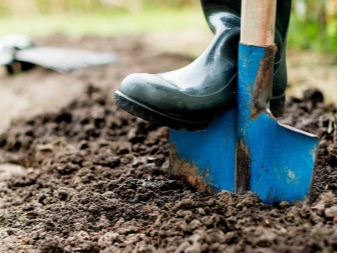
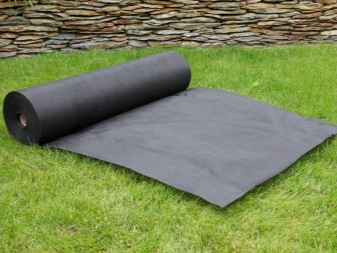
Recommendation: make holes in the agrofibre into which you can subsequently plant garden strawberries, vegetables, and various types of flowers.
To get rid of weeds, you can plant the area with siderates. It is better to sow the garden with lupine and mustard, since they have a powerful surface-type root system. When planted, it forms a fairly dense turf that inhibits the emergence of weeds. In addition, green manure contributes to the enrichment of the substrate with useful micro- and macroelements.
It is best to sow them in the fall, immediately after harvest, and in the spring, a couple of weeks before sowing, plow the beds and remove plant residues. However, green manures grow very quickly, so they can be planted in the spring. As soon as the growth reaches 10-15 m, they dig up and prepare the beds.
The use of mechanical methods for the destruction of weeds in the garden gives an effect only with an integrated approach. Combine weeding, digging, and manual removal of vegetation to combat weeds.
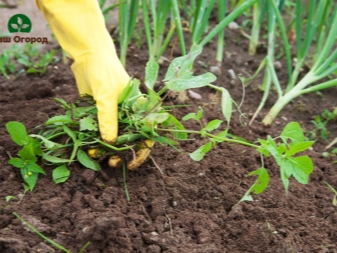
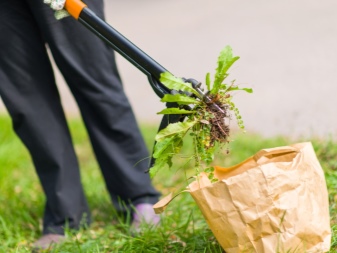
Chemicals
Weed and harmful grass can be poisoned with herbicides for a long time. They are distinguished by their high efficiency and speed of action. However, in practice, these funds are used quite rarely, since toxic substances accumulate in the soil and, with subsequent farming, can harm cultural plantings. However, with the correct use of chemicals, the risk of side effects can be minimized.
Herbicides are used in the fight against perennial weeds with a strong root system that extends downward. Also, drugs are in demand in the arrangement of land plots where you do not plan to grow useful crops.It is permissible to use chemicals in the fight against hogweed and other poisonous specimens.
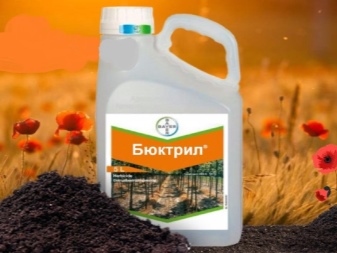
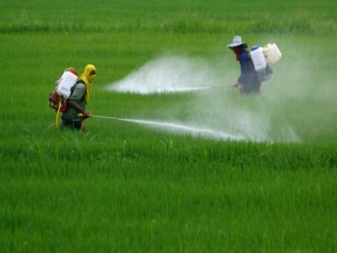
Important! When processing a site where garden plants are already growing, it is important to retreat from them by at least 50 cm - this will avoid the effect of a toxic drug on them. A few days after treatment, the site can be unsafe for people and pets, therefore it is very important to ensure that they are not in this place and, if possible, fence them off.
Watering the soil with herbicides is carried out with the onset of warm days during spring digging. The working components of the preparations destroy the seeds and rhizomes of weeds. Try to finish the job a couple of weeks before planting begins.
You can poison weeds with the following drugs:
- "Glyphid";
- Roundup;
- "Ambition";
- "Carnaby";
- "Legate";
- "Pyraclid";
- Rimanol;
- "Tornado";
- Rangoli-Halsitil.
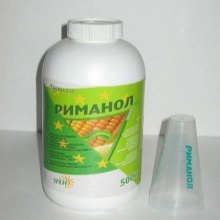
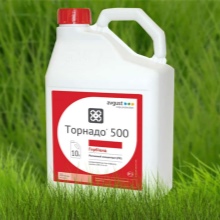
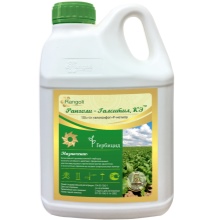
These products give results in the fight against all types of weeds. However, when using them, you should remember about safety measures when working with toxic drugs.
- It is impossible to process the site with gusts of wind - this can cause the ingress of toxic components to neighboring landings.
- Work should be done in sunny weather. There should be no rain at least 2-3 days before and after processing.
- Spraying herbicides should be done in protective clothing with a covered face, always using a respirator. Take a shower immediately after spraying and wash the suit with soap and water.
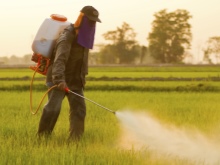

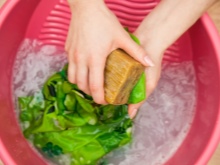
Fire treatment
A very effective way of killing weeds from the site is with steam or fire. Usually, this technique is resorted to immediately after planting the seeds of cultivated plants or shortly before these manipulations. It is important that by the time of treatment, weed shoots have already appeared, and cultivated plants are still absent on the surface.
This procedure should be carried out with the utmost care, otherwise it may damage the seed.

Folk remedies
Until the advent of herbicides, our grandparents got rid of weeds using improvised means. Some of these techniques are successfully used today.
Salt
A cheap, affordable and consistently effective solution. To remove the nascent weeds, sprinkle the places of its growth with ordinary salt or spill it with a concentrated solution at the rate of 500 g per square meter of the site. Precipitation will soon bring everything to its logical conclusion. The negative side of this method is the unsuitability of the cultivated areas for further farming. Therefore, this method is used when preparing the territory for an artificial lawn, as well as to combat overgrowing of garden paths.

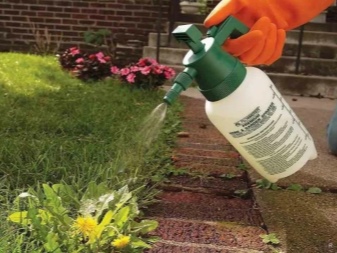
Soda
A concentrated soda solution gives a powerful alkaline reaction, in such an environment, the development of weeds is suspended. To achieve maximum results, grated laundry soap is added to the composition.
The disadvantage is the same as when using salt - it is unlikely that it will be possible to grow something useful on such a site for several more years.
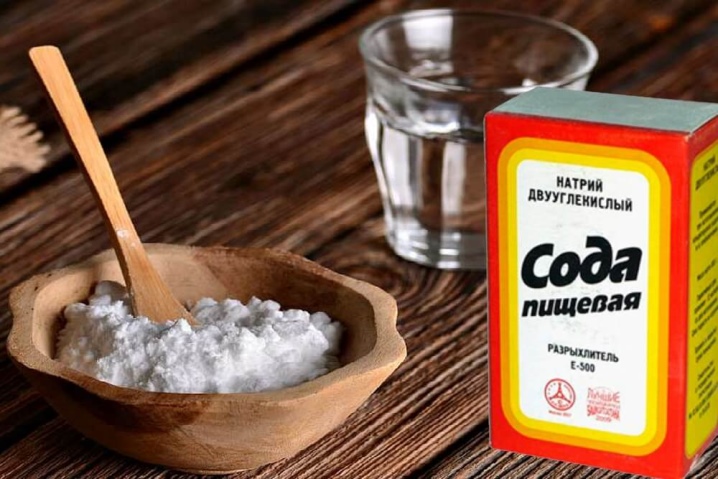
Alcohol
It is believed that this method was invented by the Americans. It involves the use of medical alcohol diluted with water in a ratio of 1 to 10, the resulting solution is plentifully shedding the earth. Of course, getting rid of the grass in this way is not cheap, but the technique has an important advantage over other methods. - does not kill crops and does not disturb the healthy microflora of the soil. Only the aisles are subject to processing, the bucket of the resulting solution is enough for 2 hundred parts of the site. The effect lasts for one year.
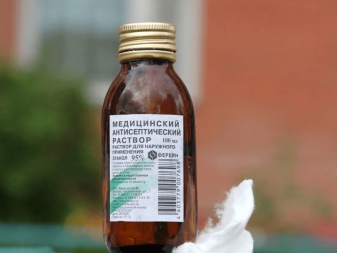

Vinegar
There are several recipes for using vinegar against weeds:
- 5 glasses of 6% vinegar are diluted in 2 liters of water;
- 9% vinegar is mixed with lemon juice at the rate of 3: 1;
- add 2 tbsp to 1 liter of water. l. salt and 5 tbsp. l. vinegar, apply hot.
The last recipe is considered the most effective.

Homemade herbicide soap
If desired, you can make a herbicidal soap at home. For this you will need:
- 1 liter of vinegar;
- 150 g coarse salt;
- 1 bar of grated laundry soap.
All components should be mixed, diluted with water and shaken until smooth. Processing is carried out in problem areas. To achieve a sustainable effect, it will be necessary to re-spill the earth in 7-10 days.
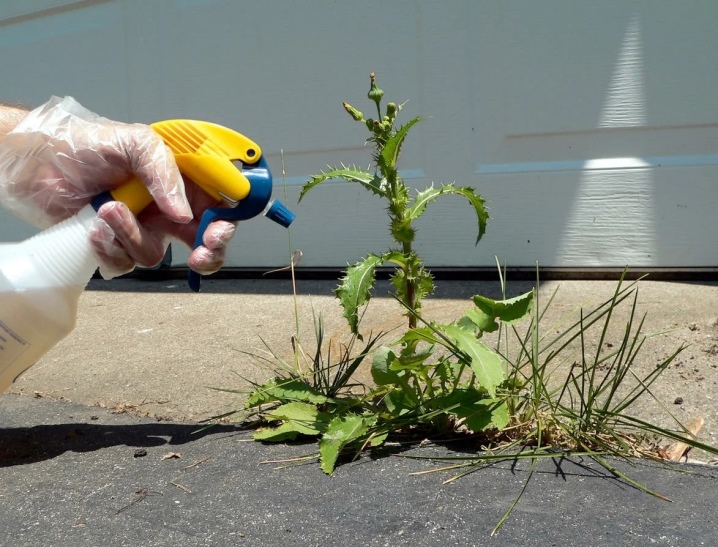
Boiling water
Competent pre-sowing preparation of the territory will help to remove thickets of weeds in the country. Before planting seedlings, spill the substrate with boiling water abundantly. This method allows you to destroy not only the seed material of the weeds, but also to clear the ground from the larvae of insect pests and pathogenic microorganisms.
Of course, such a method will not solve the problem forever, but it will greatly facilitate the further care of the plantings.
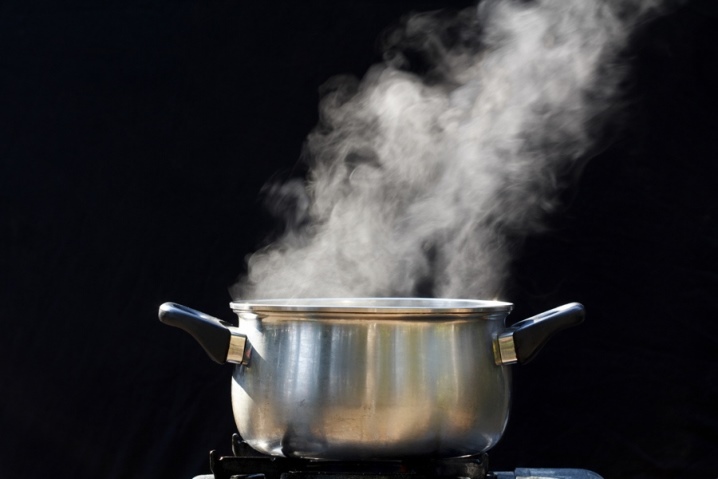
Agrotechnics
Weeding
For the full growth and development of cultivated plants during the entire active growing season, weeds should be controlled. It is important to weed and remove young shoots before the harmful specimens have time to develop a full root system and inseminate. Keep in mind that this method is only effective against young growth. It does not work against perennials with long roots extending deep into the ground. In this case weeding can only do harm, because from the remaining fragments of the roots in the place of one bush, several will soon appear at once.
When weeding perennials, it is better to cut off the aerial part at the substrate level. Usually, several treatments are enough to dry out the remnants of the weed plant and lead to its complete destruction. Most often, a hoe is used at their summer cottage.
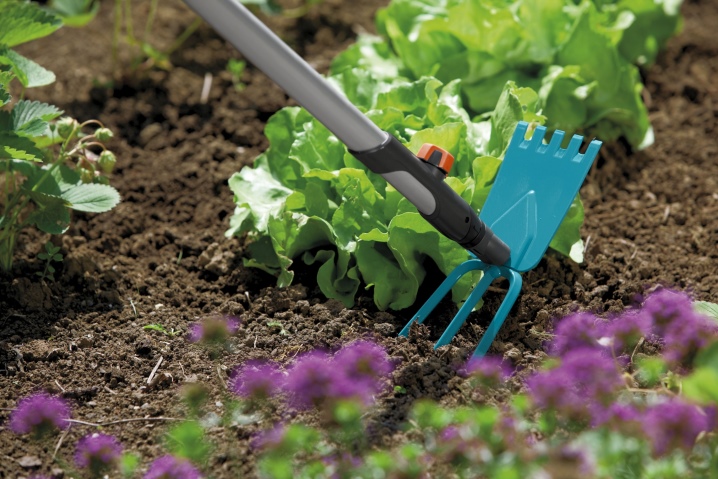
Mulching
The most effective method for permanently getting rid of weeds in the beds or in the aisles is mulching. The lack of sunlight makes it impossible for weeds to germinate. The main mistake of summer residents when using such a technique is the formation of a too small layer of mulch with a thickness of only 2-3 cm. For effective protection, the material used must be covered with a thickness of 5–10 mm.
Usually, pine bark, spruce needles, peat, sawdust or rotted compost are used as mulch.
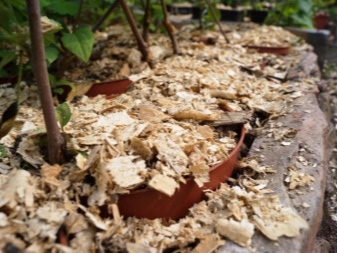
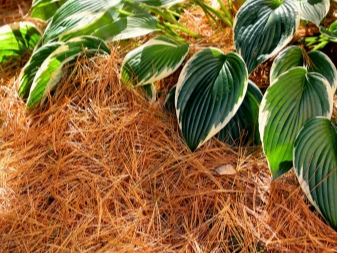
Cutting off the soil layer
The most radical way is to cut the top layer of the soil. It allows you to quickly get rid of one- and two-year-old weeds with a shallow root system. This is a very time consuming and costly method, but it has a consistently high effect.
By the way, it is not necessary to throw away the removed soil. It is enough just to manually remove all plant residues, and then steam, freeze or calcine the substrate. But it is not worth watering it with chemistry - later it will harm cultivated plants.
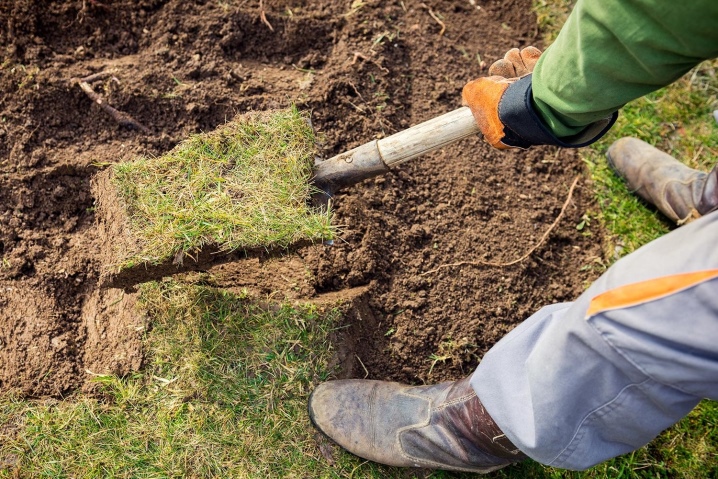



































































The comment was sent successfully.